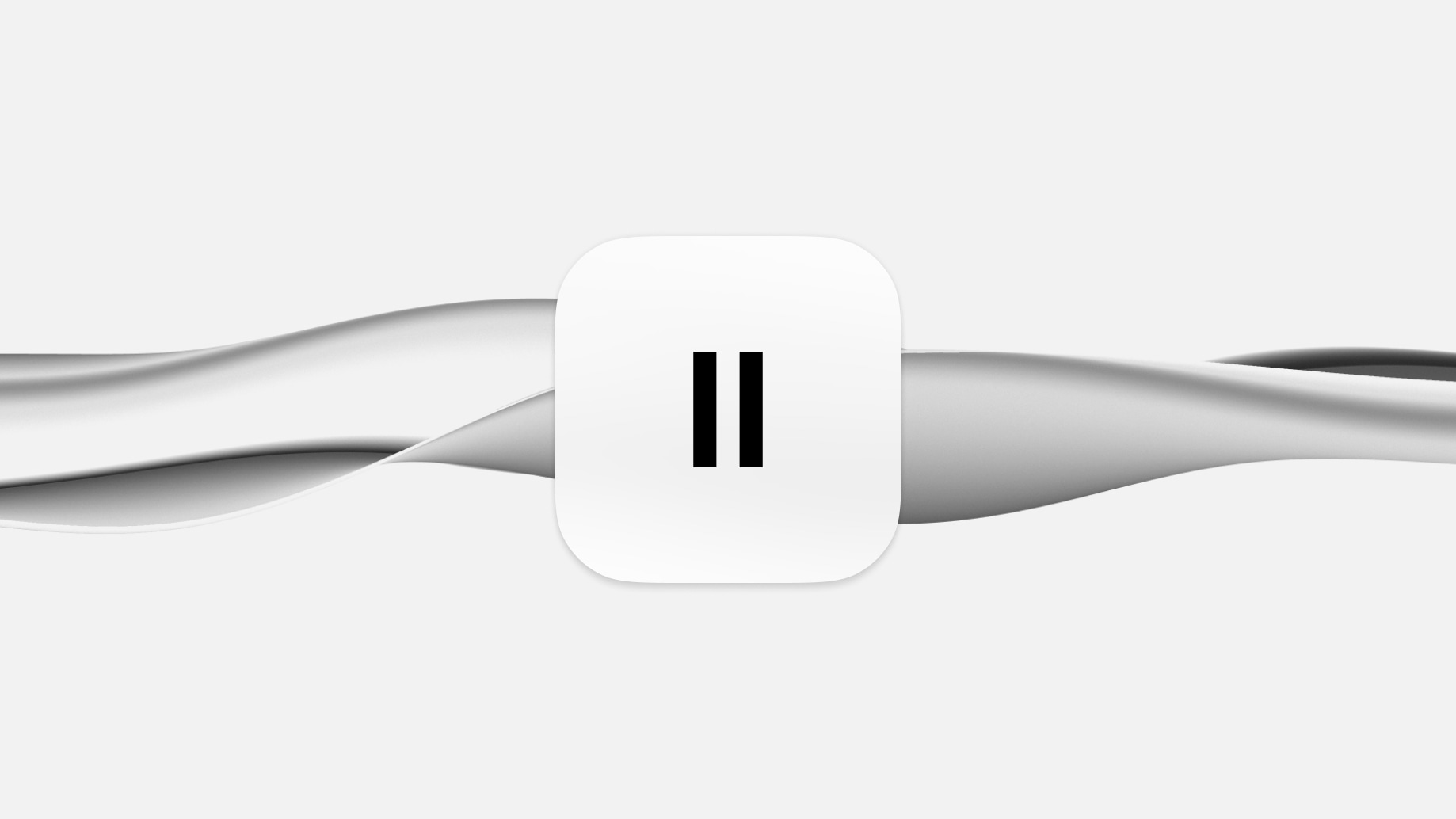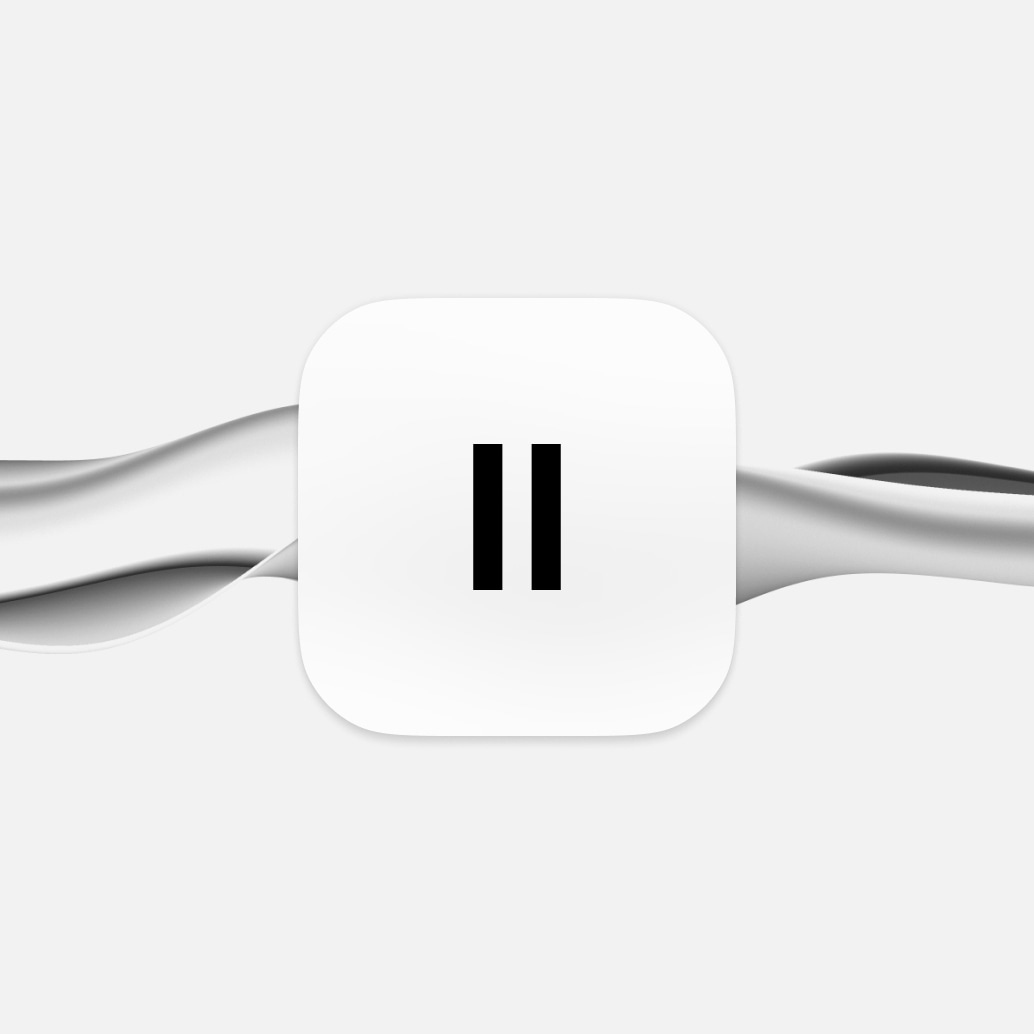TTS and STT: Accuracy and Challenges
TTS and Speech to Text technologies strive for human-like precision. Their accuracy is constantly improving—but that’s not to say it’s perfect. Here’s what you can expect in terms of accuracy and challenges from both these technologies.
TTS (TTS) Accuracy and Challenges
AI voice TTS technology has significantly evolved, yet it faces challenges. The foremost is achieving natural-sounding human voices. While modern TTS systems can produce clear and understandable audio output, infusing human-like inflections and emotions remains a hurdle. Additionally, TTS struggles with context interpretation, sometimes mispronouncing words based on their context. Another challenge is the customization of voices to suit diverse needs, such as different accents and speech patterns, which is essential for global accessibility.
Text from Speech/Speech to Text (STT) Accuracy and Challenges
STT technology has made strides in accuracy, particularly with the advent of deep learning. However, it encounters difficulties in noisy environments where background sounds can interfere with voice recognition. Accurately capturing and transcribing diverse accents and dialects also poses a significant challenge. Furthermore, STT systems often struggle with homophones (words that sound the same but have different meanings) and understanding complex syntax or slang, impacting their overall effectiveness in real-world applications.
Applications in Various Industries
TTS and Speech to Text technologies have found innovative use cases across a wide variety of industries, transforming how we interact with information and enhancing accessibility.
TTS Applications in Industries
TTS technology finds its application in various sectors. In education, it assists in creating accessible learning materials for students with reading difficulties or visual impairments. For example, like tuning textbooks into audiobooks.
In the automotive industry, TTS powers voice responses in navigation systems. The customer service sector utilizes TTS for automated responses in call centers, enhancing efficiency. Additionally, TTS is instrumental in the entertainment industry, notably in gaming and virtual assistants, where it provides interactive user experiences.
STT Applications in Industries
STT technology has diverse applications across multiple industries. In healthcare, it aids in transcribing doctor-patient conversations and dictating clinical documentation, thereby improving efficiency. In the legal field, STT is used for transcribing court proceedings and legal documentation. The technology also plays a pivotal role in media, aiding in real-time captioning of broadcasts for the hearing impaired. In the corporate world, STT facilitates efficient meeting transcriptions, enhancing record-keeping and accessibility of information.
Final Thoughts
TTS (TTS) and Speech to Text (STT) technologies, while seemingly similar, serve distinct functions. TTS transforms written text into spoken words, bringing written content to life with human-like voices. In contrast, STT does the opposite, converting spoken words into written text, capturing the nuances of spoken language in a textual format.
Both technologies leverage advanced AI, but they cater to different needs: TTS for auditory consumption of written material, and STT for creating written records of spoken content.
Ready to get started? Try Eleven v3, our most expressive text-to-speech model yet.
For those interested in experiencing state-of-the-art TTS technology, sign up for ElevenLabs today. You won’t be disappointed.



.webp&w=3840&q=95)